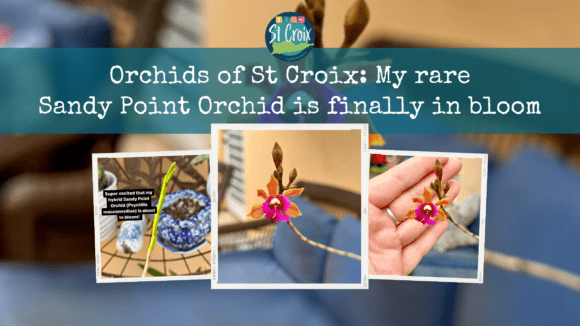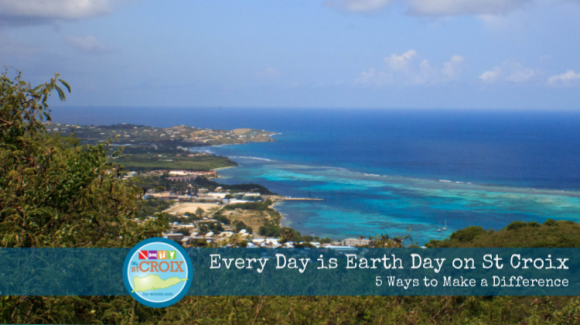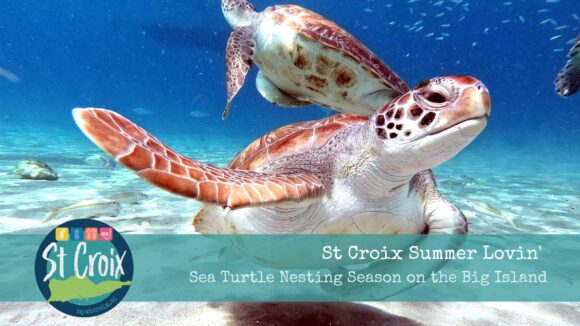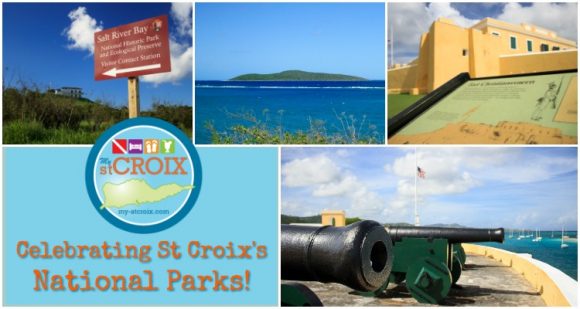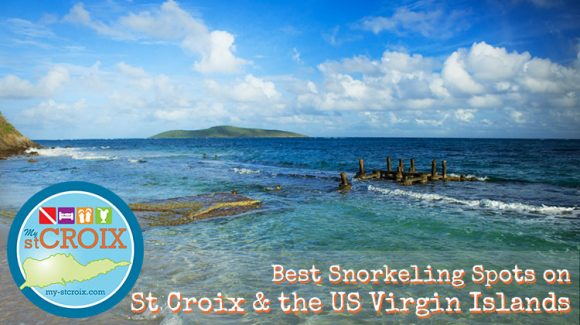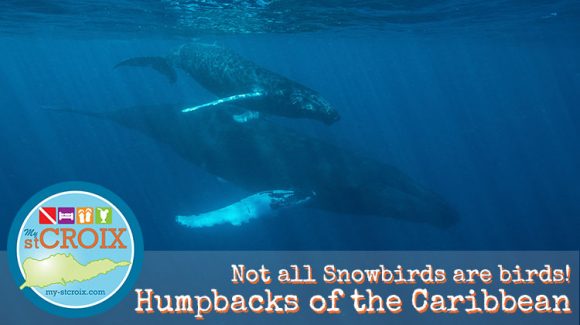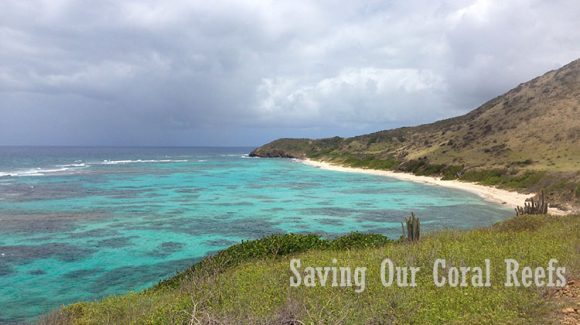Orchids of St Croix: My rare Sandy Point Orchid is finally in bloom
Two years ago, I was so excited to bring home a Sandy Point Orchid hybrid from the annual St Croix Orchid Society show at the St George Village Botanical Garden. It’s taken two years of loving care and an enormous amount of patience (not my ...
Discover more
